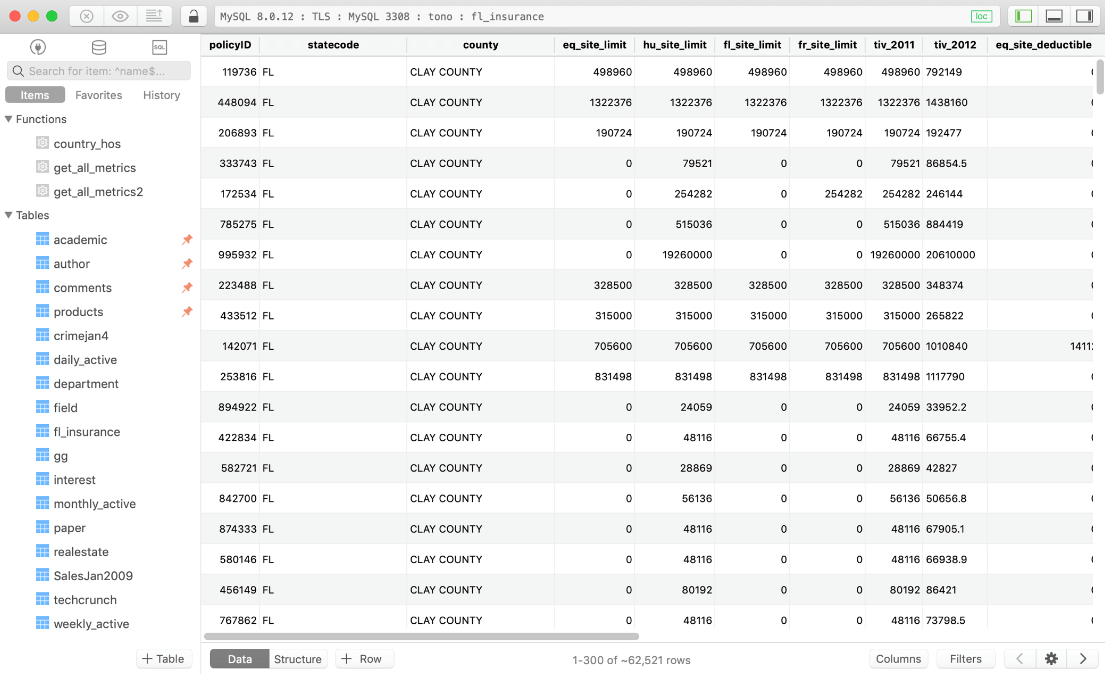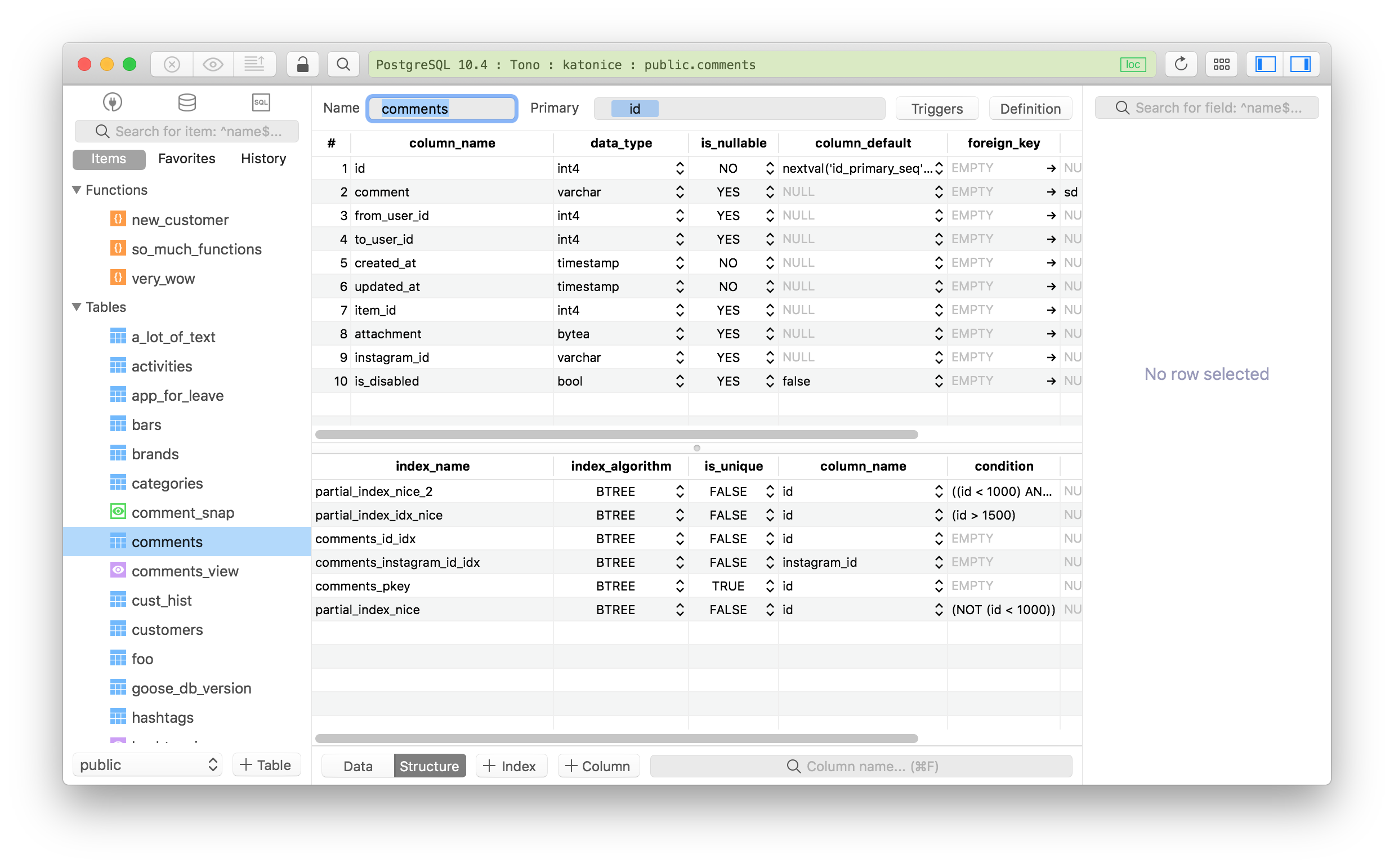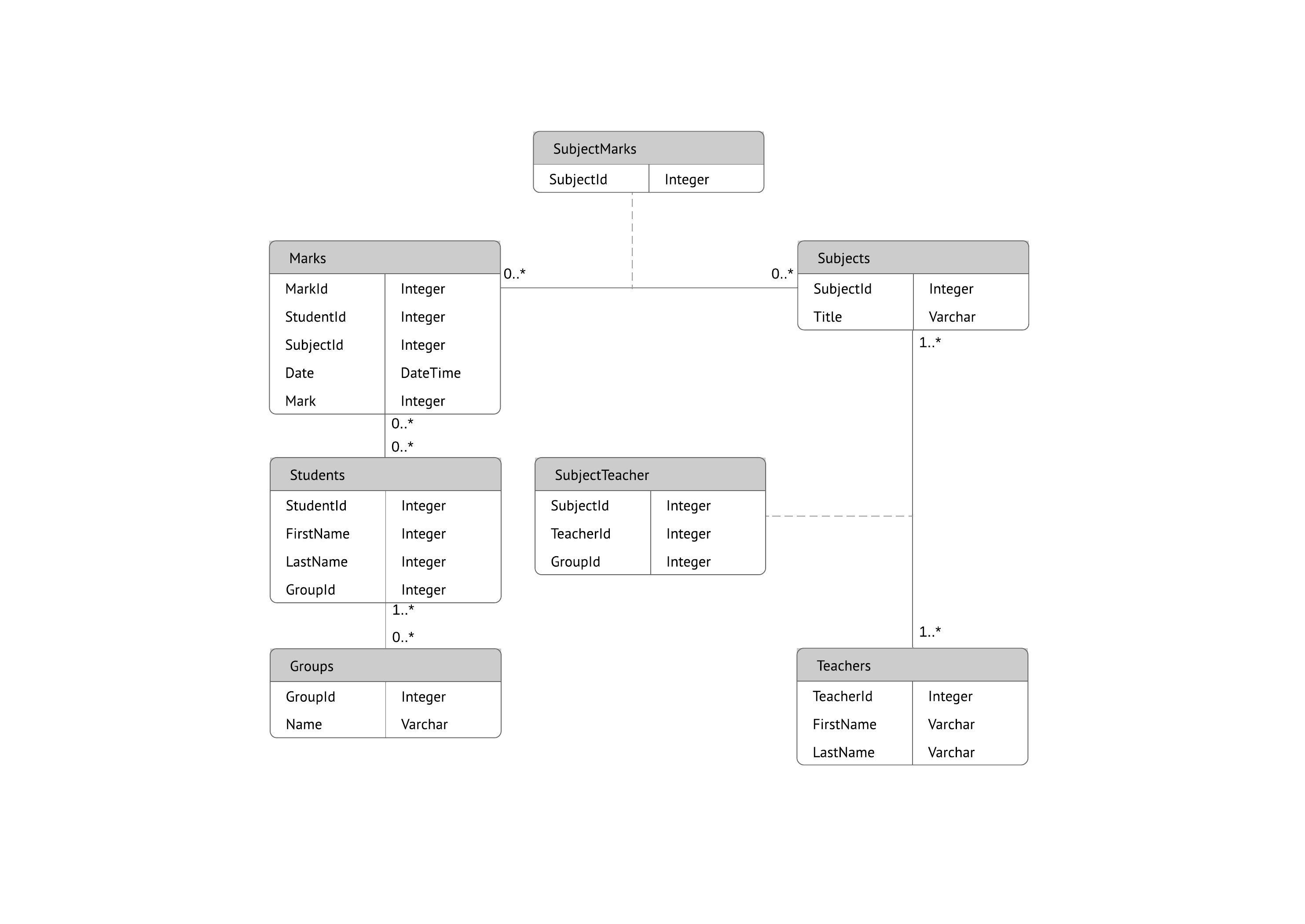


Consider the relationships between all entities and relate them with proper cardinality (e.g A one-to-many between entity Customer and Order).Usually, you can identify some transactional, operational and event entities in this step.


If not, consider adding additional entities and columns. Review the ERD carefully and check if the entities and columns are enough to store the data of the system.Define the properties of entities by adding columns.Draw the major entities involved in the scope.Knowing the modeling scope prevents you from including redundant entities and relationships in your design. Make sure you are clear about the scope to model.Are you trying to present an overall system architecture that involves the definition of business objects? Or are you developing an ER model ready for database creation? You must be clear about the purpose to develop an ER diagram at the right level of detail (Read the section Conceptual, Logical and Physical Data Models for more details) Make sure you are clear about the purpose of drawing the ERD.
#Tableplus erd diagram how to#
Try to follow the steps below to understand how to draw an ER diagram effectively. In this section, we will give you some ERD tips. If you find it difficult to get started with drawing an ER diagram, don't worry. The ERD example below shows an example of an ER entity. In ER models, an entity is shown as a rounded rectangle, with its name on top and its attributes listed in the body of the entity shape. When determining entities, think of them as nouns. Transaction) (note: In ERD, the term "entity" is often used instead of "table", but they are the same). EntityĪn ERD entity is a definable thing or concept within a system, such as a person/role (e.g. In this section, we will go through the ERD symbols in detail. Such an initial model can also be evolved into a physical database model that aids the creation of a relational database, or aids in the creation of process maps and data flow modes.Īn ER Diagram contains entities, attributes, and relationships.
#Tableplus erd diagram full#
By visualizing a database schema with an ERD, you have a full picture of the entire database schema. Database debugging - To debug database issues can be challenging, especially when the database contains many tables, which require writing complex SQL in getting the information you need.By drawing ER diagrams to visualize database design ideas, you have a chance to identify the mistakes and design flaws, and to make corrections before executing the changes in the database. To avoid ruining the data in a production database, it is important to plan out the changes carefully. Database design - Depending on the scale of change, it can be risky to alter a database structure directly in a DBMS.So, when do we draw ERDs? While ER models are mostly developed for designing relational databases in terms of concept visualization and in terms of physical database design, there are still other situations when ER diagrams can help. In a typical ER design, you can find symbols such as rounded rectangles and connectors (with different styles of their ends) that depict the entities, their attributes, and inter-relationships.


 0 kommentar(er)
0 kommentar(er)
